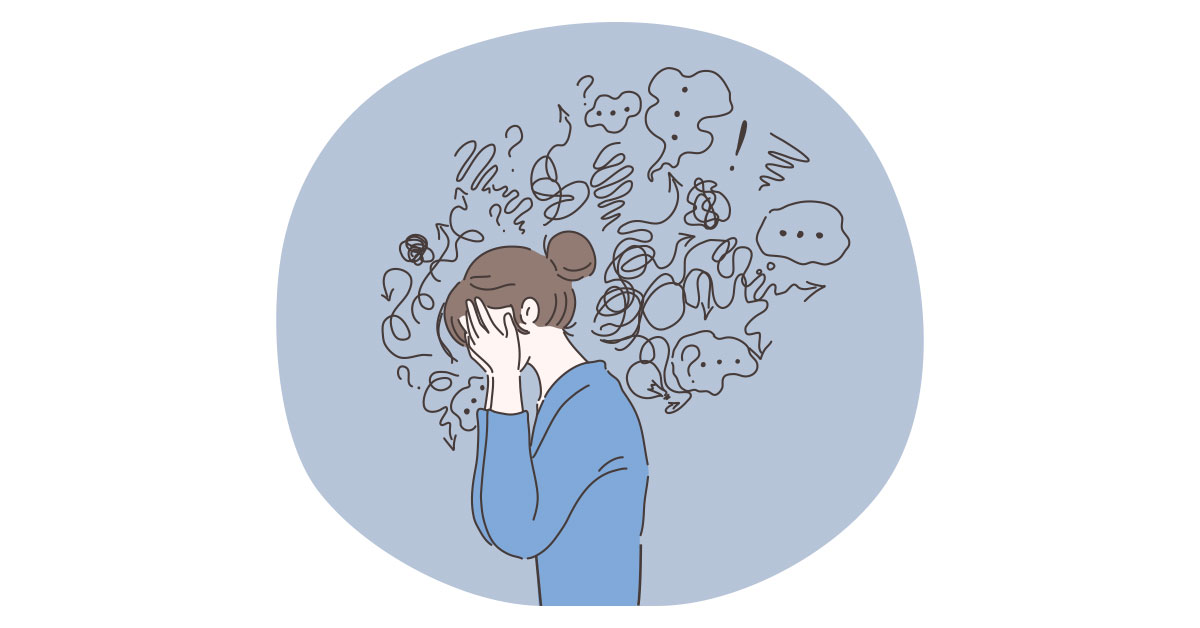Sadness is something we’re all familiar with. Depression, on the other hand, is more complicated than you’d think at first glance. If you’re experiencing more than sadness – symptoms like loss of interest in hobbies, unexplained aches, or social isolation – you might be having a depressive episode.
WHAT IS DEPRESSION?
“Depression (major depressive disorder or clinical depression) is a common but serious mood disorder. It causes severe symptoms that affect how you feel, think, and handle daily activities, such as sleeping, eating, or working. To be diagnosed with depression, the symptoms must be present for at least two weeks.” It’s a condition that is sometimes misdiagnosed, particularly for women. Why? Because its symptoms often mimic those exhibited by other illnesses, like thyroid disease, arthritis or heart problems.
HOW BIG OF A PROBLEM IS DEPRESSION?
In its variety of forms, depression is a huge problem globally and in the United States. According to the World Health Organization, about 280 million people get symptoms each year. The numbers vary, but generally, about 18 to 20 million U.S. adults exhibit depression in any year. But it’s not just adults, as it also affects nearly 2 million children annually in the U.S. alone. Fortunately, psychotherapy and other innovative treatments can help control its symptoms.
WHAT DOES DEPRESSION LOOK LIKE?
The face of depression can look like anyone you meet on a given day, anywhere. It’s a condition that doesn’t discriminate and can reach out and harm anyone regardless of age, gender, religion, or social status. Sometimes, it may even look like your own reflection.
Here’s what depression looks like in women:
- Depression is a real, not fake or imagined, condition. Regardless of how it’s portrayed in social or popular media, its symptoms are real and can be harmful emotionally and physically. And it’s not something you can snap out of because you think you’re too busy or too strong for it.
- Depression can hurt because of symptoms like sadness, anxiety, low moods, irritability, feelings of guilt or worthlessness, low energy, trouble sleeping, things you used to enjoy doing are now a chore, relationship problems, you either don’t eat enough or eat more than you should, personal hygiene may become a bother.
- As a woman, you’re susceptible to different kinds of depression: premenstrual dysphoric disorder, perinatal depression, perimenopausal depression, and even seasonal affective disorder.
- Depression can be treated in many ways, including psychotherapy, traditional antidepressant medications, or cutting edge treatments like ketamine infusions.
- Researchers at the U.S. National Institute of Mental Health and elsewhere are dedicated to finding solutions for women’s mental health issues.
Here’s what depression looks like in men:
- Men exhibit many of the “classic” symptoms of depression: sadness, anxiety, worry, eating and sleeping problems, relationship issues.
- Unlike women, however, men are more likely to engage in risky behavior as a coping mechanism for depression.
- Depression symptoms in men often go undiagnosed for many reasons: men may not recognize depression symptoms like headaches or fatigue, they take warning signs for granted and think they’ll go away on their own, men tend to internalize their problems and are reluctant to discuss medical issues like depression, and men often resist medical treatment of any kind – particularly related to mental health.
- Men are much more likely to complete a suicide attempt compared to women because they use more violent means such as weapons, are more impulsive regarding suicide thoughts, and exhibit fewer warning signs – like talking about their suicidal thoughts.
If you’re a man or woman contemplating suicide, call someone for help. A new emergency number is now available for suicide and other mental health emergencies. Similar to the 911 emergency line, for a mental health emergency just dial 988 on any phone for imediate help. Or text HOME to 741741.
Depression is also especially problematic for people – men and women – who consider themselves to be high-functioning individuals. If you’re particularly successful in your personal or professional life and have set high standards, you may ignore warning signs that would otherwise be a warning shot for someone else.
HOW TO DIAGNOSE & TREAT DEPRESSION
If you’re depressed, the first thing to do is get diagnosed. There are two possibilities:
- A medical examination. A doctor may perform tests to see if an underlying condition is causing the symptoms.
- A psychiatric assessment will focus on your thoughts, feelings, and behavior. You may be asked about your personal or family history of mental illness and complete a questionnaire to help with the diagnosis. Your therapist may also refer to the DSM-5 for guidance.
After diagnosis, your healthcare provider may recommend psychotherapy, self-help, lifestyle changes, antidepressants, ketamine, or some combination of multiple treatment options.
FINAL THOUGHTS
Depression affects millions, but its symptoms – if diagnosed – can be treated and, in many cases, reduced to the point where they’re manageable. Some of the warning signs, like suicidal thoughts, are more serious and require immediate attention. Don’t wait. Contact Northwest Ketamine Clinics today to get started with a treatment that can help you find relief.
